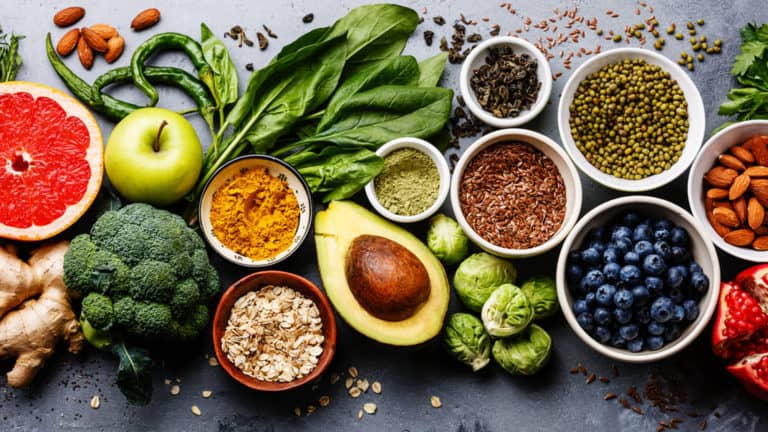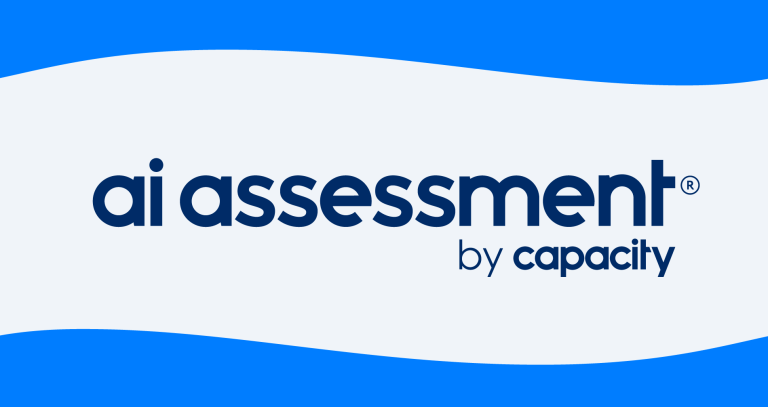Millions of professionals around the world often sacrifice healthy eating as they focus on building their careers. They resolve to opt for fast foods exclusively. The health effects are often not desirable.
It is possible to be successful at your job while eating healthy and keeping fit.
We had a conversation with US-based certified nutritionist Dr. Vikki Petersen on how you can lead a healthy lifestyle while managing your workload. She gave ample tips that you definitely cannot ignore. Read on and be motivated.
Career Fodder: Many working professionals find it hard to maintain a healthy diet at work. How can they overcome this problem?
Dr. Vikki Petersen: I have discovered that it is all about planning and the discipline to break bad habits. If you want healthy oatmeal or a morning smoothie for breakfast, consider making it the night before so that you can grab it on the run.
The same goes for lunch. Something our family loves to do is eat leftovers from the prior night’s dinner for lunch. We even package it up in glass containers the night before so it is ready to go in the morning.
If you are obligated to dine out for lunch due to work obligations, consider still bringing your own healthy food to work.
Eat about half of what you brought before going to the restaurant. This makes it easy to have a light salad or soup that is a sensible choice because you aren’t famished. It is hunger that tends to lead to bad choices.
Then mid-afternoon you can eat the rest of what you brought from home, or even save it for the next day.
CF: What are some of the nutritious foods that they can combine at work over a one-week schedule?
Dr. VP: In the colder months bringing a healthy soup, full of vegetables is a great choice. Chile is another option that is filling and easy to make a lot of during the weekend and bring for a couple of lunches or freeze for future use.
Salad does not hold up with dressing; but “undressed”, it will be fine for lunch if made the night before.
A mixed Spring Greens, arugula, green onions, chopped carrot, avocado, sliced red cabbage, mushrooms, pumpkin or sunflower seeds, and some ground flax seeds or hemp seeds provide a nice balanced meal.
There are some wonderful dairy-free feta “cheese” alternatives for extra protein, or consider adding some black beans or garbanzo beans for a protein boost. Bring your dressing on the side and add when you’re ready to dine.
I encourage a strong plant-based diet, so another favorite is plant-based “tuna”. The base is mashed garbanzo beans and it is rich in flavor from a variety of vegetables including pickles, carrots, red cabbage, capers, celery, mustard, and vegan mayonnaise.
It can be put on whole grain bread, topped over a salad, or even part of “tuna pasta”.
Taking a veggie saute from last night’s dinner and putting it in a tortilla with some dairy-free “cheese”. The tortilla plus cheese can be microwaved at work and then just add the veggies, beans (Quorn is another fun product – they have something called “meatless pieces” that are mushroom-based and literally cook in minutes and taste like white meat chicken cubes. It is another quick and easy protein source and you can throw it into anything.)
CF: Some may want to combine nutrition and fitness at the work gym. What are some of your top recommendations for foods that go best with fitness?
Dr. VP: Seven to nine servings of vegetables and fruits will help to provide very important nutrients for detoxification and maintaining a healthy weight.
Adequate protein is key to building muscle. I like plant-based sources predominantly along with healthy wild-caught (not farm-raised) once or twice per week.
Some plant-based sources are beans, nuts, and nut butters, soy (must be organic, and no, do not believe the negative things you have heard about soy, they are untrue). Also, remember that there is some protein in vegetables as well.
Hydrate, hydrate and take healthy electrolytes to replace minerals when you exercise. Healthy electrolytes will not contain any sugar or artificial sweeteners – stevia is fine.
Give yourself a good 45 minutes after eating before you exercise and eat lightly. There should be no lingering feeling of fullness when you are ready to hit the gym.
Healthy fats are very sustaining and give a great source of energy – avocados, nuts, and nut butters are excellent sources and can be used pre-workout.
CF: What are some of the negative effects of unhealthy food at work?
Dr. VP: Foods containing sugar and refined carbohydrates raise your blood sugar quickly but then it plummets. When your blood sugar drops it leaves you feeling moody, sleepy, mentally dull and craving more of the bad food.
It does nothing for your waistline but will also leave you less mentally adept and energetic at work.
Drinking caffeinated beverages or energy drinks will give you a lift but it will be followed by a crash. The problem with caffeine after 1 or 2 pm is that it will begin to affect your sleep and lead to poor energy the next day along with diminished cognitive acuity.
CF: Speaking of productivity, is there a correlation between the type of food eaten and being active at work?
Dr. VP: This is absolutely the case. There’s nothing worse than wanting to be highly productive and suffering from fatigue or brain fog due to poor diet choices.
Much of this had been mentioned in my earlier answers, but yes, your best friends are water, fresh (organic if possible) unadulterated foods and eschew all sugar and artificial sweeteners.
Miss sweets? Try stevia (Zevia sodas are fun if you miss your soda), liquid Sweetleaf Stevia is great to add to coffee or tea, and enjoy other healthy natural sweeteners such as coconut sugar, date sugar (or syrup) and fresh fruit.
CF: What are some of the simple habits that people can adopt progressively to ultimately embrace a healthy lifestyle at work without bouncing back?
Dr. VP: Start with hydration. Find a 32-ounce container and fill it with healthy water. By lunchtime, it should be empty and then refill to get your 8 cups or 64 ounces per day.
Decide to bring some healthy “treats” with you to work so that you are not tempted by any cookies, candy or donuts lying around the break room.
Bring your food with you that you have prepared the day before or the weekend before and can easily defrost. Make it a policy that you will eat your own food whenever possible and before you get tempted with a fast-food run.
We discussed the “eat a little before you go” technique if you must eat out for a work function. Even if your company is providing food, unless it is of excellent quality it is worth the expense to purchase and prepare your own.
If someone notices that you aren’t eating much at a work function, excuses that work are: “I’m just not that hungry.” “I ate a huge breakfast.” No one really cares; your health is more important.
CF: Finally, what are some of the signs of people not having a nutritious meal at work?
Dr. VP: Fatigue, loss of concentration, brain fog, moodiness, forgetfulness, decreased motivation are some of the most common I see with my patients.





Comments are closed.